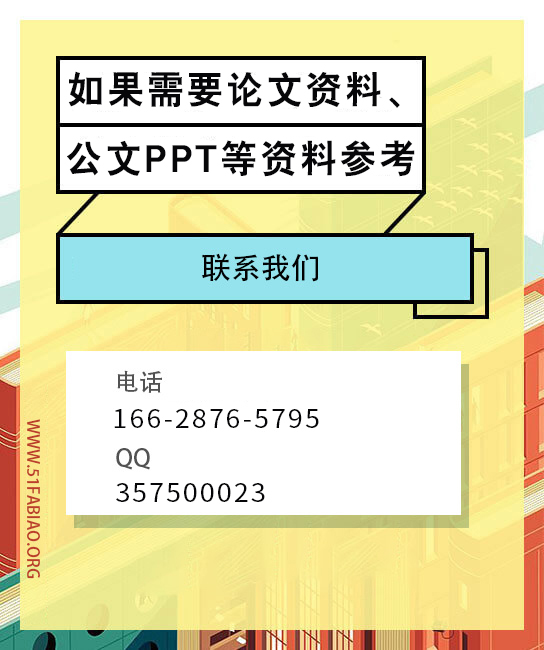Zheng, Y, Zhang, J, Wang, Y, Wang, Y, Lan, Y, Qu, S, Tang, C & Huang, Y (2016), Acupuncture decreases blood pressure related to hypothalamus functional connectivity with frontal lobe, cerebellum, and insula: A study of instantaneous and short-term acupuncture treatment in essential hypertension, Evidence-Based Complementary and Alternative Medicine (online), retrieved 19 July 2019, from
Appendix 1: PICO
Population | Intervention | Comparator | Outcome |
Adults: (a) with current hypertension, or (b) with a clear history of previous hypertension now controlled with anti-hypertensive medications. | Needle acupuncture of any type. Not laser acupuncture, moxibustion on acupoints or hot cupping on acupoints. | Sham acupuncture. (Acupuncture needles are inserted at acupoints not related to hypertension). | Change in systolic and/or diastolic blood pressure. |
Appendix 2: Keywords
Population | Intervention | Comparator/s | Outcome |
adult* hypertens* (including hypertension, hypertensive) | acupuncture randomi*ed (including randomised, randomized) RCT | sham | hypertens*(including hypertension, hypertensive) BP “blood pressure” |
Appendix 3: Inclusion and Exclusion Criteria
Inclusion Criteria | Exclusion Criteria |
Randomised controlled trial (RCT) | Any other primary or secondary study |
Published in, or translated into, English | Published in any other language |
Published 2005 to 2019 (15 years) | Published 2004 or earlier |
Published in a peer-reviewed journal | Not published in a peer-reviewed journal |
Conducted with humans | Conducted with animals (e.g. rats) |
Full-text available | Only an abstract, citation, conference poster or thesis available |
Tested the effects of acupuncture on hypertension, in (a) an intervention group receiving acupuncture, and (b) a control group receiving sham acupuncture | Tested any other outcome in any other combination of intervention and control groups |
Appendix 4: Results from Database Searches
Database | Number of Results | Final Selections |
CINAHL | 28 | 3 |
British Nursing Index | 5 | 1 |
MEDLINE/PUBMED | 42 | 4 |
EMBASE | 15 | 1 |
Web of Science | 12 | 1 |
TOTAL (Excluding Duplicates) | 102 | 6 |
Appendix 5: PRISMA Diagram of Search Results
![]()
![]()
![]()
![]()
![]()
![]()
![]()
Additional records identified through other sources
(n = 0)
Records identified through database searching
(n = 102)
Identification
Records after duplicates removed
(n =102)
Screening
Records excluded
(n = 87)
Records screened
(n = 102)
Full-text articles assessed for eligibility
(n = 15)
Eligibility
Studies included in literature review
(n = 6)
Included
Full-text articles excluded, with reasons
(n = 9)
N=4: not a randomised controlled trial
N=3: a trial which did not include a sham acupuncture group
N=1: not published in a peer-reviewed journal
N=1: not available in English in full-text
Appendix 6: Overview of Selected Studies
Reference | Location | Number of Patients | Hypertension Diagnostic Criteria | Type/s of Hypertension | Anti-Hypertensive Medication/s | Finding/s |
Macklin et al., 2006 | USA | 192 total | BP 140/90 mmHg to 179/109 mmHg once weaned from anti-hypertensive medications | Hypertension only | No | Mean decrease in BP for active versus sham acupuncture: systolic BP: -3.56 versus -3.84 mm Hg, respectively; 95% CI for the difference: -4.0 to 4.6 mm Hg; P=0.90; diastolic BP: -4.32 versus -2.81 mm Hg, 95% CI for the difference: -3.6 to 0.6 mm Hg (p=0.16). Active acupuncture is no more effective than sham acupuncture for reducing systolic or diastolic BP. |
Flachskampf et al., 2007 | Germany | 160 total | BP ≥140/90 mmHg or “a history of hypertension with current use of anti-hypertensive medications” (p.3122) | Hypertension only | Yes, if unchanged for previous 2 months | Mean decrease in BP for active versus sham acupuncture: systolic BP: 6.4 mmHg (95% CI, 3.5 to 9.2); diastolic BP: 3.7 mmHg (95% CI, 1.6 to 5.8) (p<0.001). At 3 months and 6 months post-intervention, mean systolic and diastolic blood pressures had returned to pre-treatment levels. Active acupuncture is more effective than sham acupuncture for reducing systolic o |


